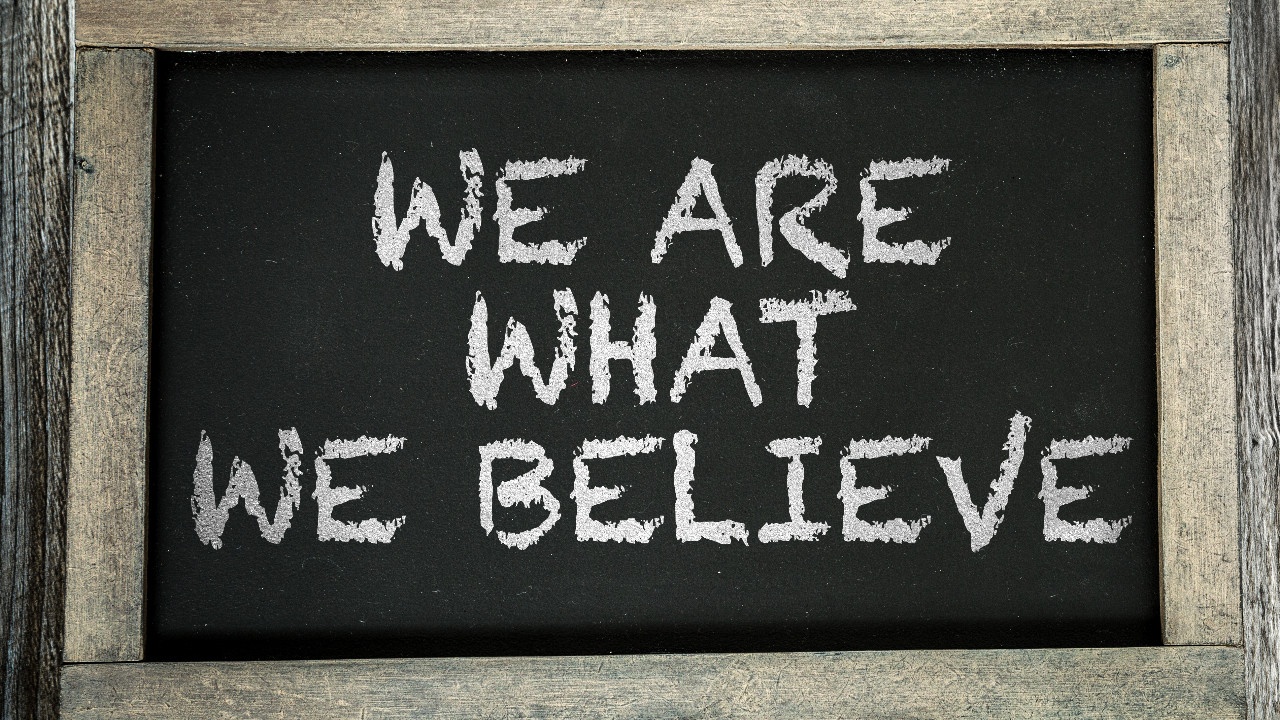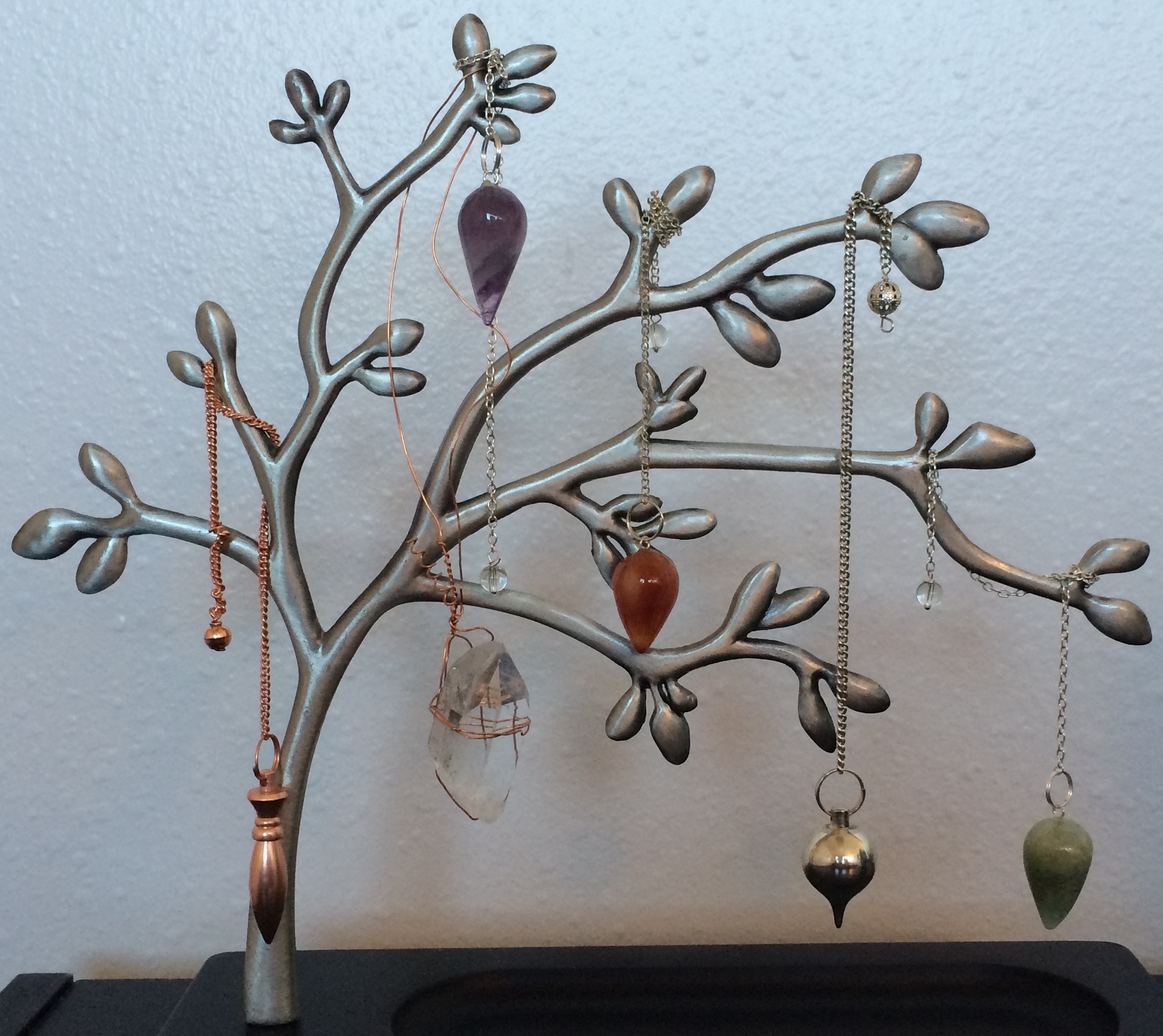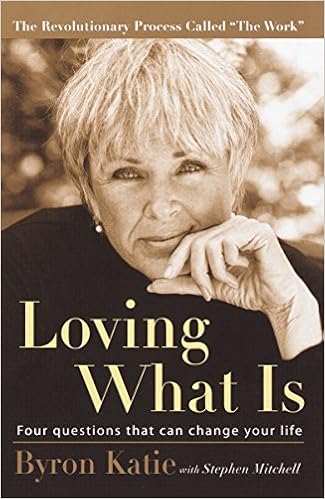Transforming Your Limiting Beliefs
Nov 19, 2015
My last blog, Overcome Fear to Reduce Stress and Heal, was all about fear. I discussed how fear underlies much of our stress. I then explained how stress sabotages good health. Also, I remarked on how the fear we experience often stems from false, negative beliefs. We hold these beliefs below our conscious awareness--in our subconscious minds. To elaborate on this idea, I'll provide some tools for releasing and transforming these limiting beliefs.
Intellectually, the process of shifting your limiting beliefs sounds easy enough. All you need to do is just start thinking differently, right? Not so! Recall that these beliefs reside in your subconscious mind. If you use your conscious brain to change them, you are only going to make the process more difficult.
In hypnotherapy, there are many common “laws” or ideas, one of which is call the Psychological Law of Reverse Effect. This law states, “The greater the conscious effort, the less the subconscious responds. Being in a state of stress reduces effectiveness.” The Law of Reverse Effect is one of the mental laws that governs our cognitive behavior. It is a universal principle, like the Law of Attraction, which achieved popularity with release of the movie, The Secret. Essentially, the harder we consciously “try” to change our beliefs, the more the subconscious rebels. You can change deeply held beliefs by directly accessing your subconscious mind. And, you can access your subconscious mind! You can tune into your mental thoughts or physical sensations. Next, I'll give you three ways to do this.
Techniques to Release Limiting Beliefs
1. Hypnotherapy
 I know you just pictured a person on stage doing something stupid while under a spell in front of an audience. Unfortunately, that is our image of what hypnotherapy is. However, that picture is far from the reality. Actually, hypnotherapy is a quick, safe and effective way to reach the subconscious mind in order to help you discover your limiting beliefs. Then, you can reverse them. In other words, it is merely a deeply relaxed state where you are in complete control and open to positive suggestion. Once the old beliefs are released, there is room and opportunity for new beliefs to be accepted. According to Gil Boyne's article titled “Rules of the Mind,” “Opposite ideas cannot be held at the same time. Thinking both ‘I'll be successful’ and ‘I don't deserve it’ will cancel each other out.”
I know you just pictured a person on stage doing something stupid while under a spell in front of an audience. Unfortunately, that is our image of what hypnotherapy is. However, that picture is far from the reality. Actually, hypnotherapy is a quick, safe and effective way to reach the subconscious mind in order to help you discover your limiting beliefs. Then, you can reverse them. In other words, it is merely a deeply relaxed state where you are in complete control and open to positive suggestion. Once the old beliefs are released, there is room and opportunity for new beliefs to be accepted. According to Gil Boyne's article titled “Rules of the Mind,” “Opposite ideas cannot be held at the same time. Thinking both ‘I'll be successful’ and ‘I don't deserve it’ will cancel each other out.”
I went to a hypnotherapist for the first time a couple months ago in order to help me break my habit of clenching and grinding my teeth. I was tired of paying hundreds of dollars on mouth splints that I regularly chewed to bits. A fellow wellness professional suggested there might be something in my mind contributing to my unhealthy habit. While working with the hypnotherapist, I found out that this destructive oral behavior was probably related to some outdated, though well intentioned, subconscious beliefs. These beliefs were probably adopted during my childhood, and they were causing me to hold excessive tension in my jaw.
During childhood, many of our beliefs are established. Until approximately age seven, we don't have a barrier to the subconscious mind. Without that barrier, many things get programmed into the subconscious mind. To illustrate, Steve Sisgold, executive coach, describes in his book Whole Body Intelligence how our early beliefs are established. (I will write more about later in this article.) Sisgold states, “As children we are like sponges soaking up worldview, beliefs, and assumptions of our family, community, and culture. But these attitudes, mind-sets, and beliefs are maladaptive in the larger world to the degree they contain misinformation, biases, and inaccurate points of view.”
Many of these subconscious ideas and beliefs are about us, and many of them limit our potential, such as “I’m not capable.” As adults, our subconscious mind continues to record our experiences and to influence our belief systems. It is an “association making mechanism.” It tries to make associations between what is already in the subconscious and the new data coming in. Over time, those limiting ideas and beliefs strengthen. Hypnotherapy offers a way out of clinging to these old beliefs that may be impacting our ability to reach our potential in life.
Although more than I initially bargained for, hypnotherapy has really helped me, way beyond my grinding teeth issue. Now, I have a greater awareness of myself and my behaviors. Now, I have tools for change. Every morning I listen to a relaxing, self-hypnosis audio recording that reminds my subconscious mind about my truth, letting me shed my limiting beliefs. It is a much more powerful way to start the day than looking at the news and reading emails. I look forward to this quiet time, especially because I know it has been beneficial. Recently, a friend I hadn’t seen since I started the process commented on how much calmer I’ve become. And I haven't cracked my current mouth splint yet!
2. “The Works” by Byron Katie’s as described in her book Loving What Is.
 Katie has developed a four-step process of inquiry to help examine your beliefs called “The Works.” In her book, Loving What Is she gives powerful examples of how asking four simple questions transforms lives. She states, “All the stress that we feel is caused by arguing with what is.” She also adds, “The only time we suffer is when we believe a thought that argues with what is.” As an example, I become upset when my dad puts his dirty dishes in the drying rack, which I have asked him not to do repeatedly. My belief is that he should leave his dirty dishes in the sink or on the counter. This belief is in contrast to what is.
Katie has developed a four-step process of inquiry to help examine your beliefs called “The Works.” In her book, Loving What Is she gives powerful examples of how asking four simple questions transforms lives. She states, “All the stress that we feel is caused by arguing with what is.” She also adds, “The only time we suffer is when we believe a thought that argues with what is.” As an example, I become upset when my dad puts his dirty dishes in the drying rack, which I have asked him not to do repeatedly. My belief is that he should leave his dirty dishes in the sink or on the counter. This belief is in contrast to what is.
Now let’s apply “The Works” to this very simple example.
1. Is it true?
“My dad should not put his dirty dishes in the drying rack.”
2. Can I absolutely know that it’s true?
This may be what I want. However, the reality is that he continues to put his dirty dishes in the drying rack. My dad is happy to leave his dishes in the drying rack. He didn’t have a problem with his actions. The problem is with me and my thoughts about the dirty dishes. It is not the dishes themselves that make my life difficult, but my thoughts about them, and arguing with what is.
3. How do I react when you think that thought?
When I think this, I become upset and mildly angry with my dad because he just doesn’t do what I ask, what I think he should do.
4. Who would I be without that thought?
Without this thought, I would have less stress and anxiety. (It’s only dishes!)
The reality is, my dad is going to put his dirty dishes in the drying rack with the clean dishes. Once I accept this truth, I can release the stress and move on. It doesn’t mean I have to be happy about it. Katie explains: “This doesn’t mean that you condone it (what happened) or approve it. It just means that you can see things without resistance and without the confusion of your inner struggle.” In other words, I can still do what I can to change his behavior.I don’t have to have my own internal struggle about it or label it with negative energy while I’m doing it, though.
I can’t do justice to Katie’s work in this small piece. Instead, I recommend that you check out her book if this approach appeals to you. I listened to her audio book, which gave me a really good feeling for her process as she interviewed multiple people with various personal struggles.
3. Whole Body Intelligence “WBI” by Steve Sisgold as described in his book of the same name.
Limiting beliefs live in our subconscious minds and also in the tissues of our bodies. Steve Sisgold, creator of WBI, uses the intelligence of our bodies, which he refers to as BQ (Body Quotient), to uncover and transform limiting beliefs. He explains, “When we get hurt and are unable to resolve and process our emotions throughout the body, the emotions and hurts linger.” As an example, I remember a massage therapist telling me that emotions get trapped in our tissues. By not expressing ourselves, we literally bury these feelings in our bodies, right into our cells. “WBI shows you how to express blocked, denied emotions; free up the biochemical substrate that is stuck in old patterns; and release the flow of feel-good chemicals and hormones such as serotonin.”
 In Whole Body Intelligence, Sisgold tells numerous stories of patients who became aware of their limiting beliefs by tuning into their bodily sensations and asking what might lie beneath the pain. Once they reveal these viral beliefs, as Sisgold categorizes them, the patients replace them with vital beliefs. You can do this, too.
In Whole Body Intelligence, Sisgold tells numerous stories of patients who became aware of their limiting beliefs by tuning into their bodily sensations and asking what might lie beneath the pain. Once they reveal these viral beliefs, as Sisgold categorizes them, the patients replace them with vital beliefs. You can do this, too.
Brief summary of the WBI Process
The first step starts with tuning in to your breath. When you do this, notice all the aspects of your breath, such as where you are breathing from, what is the pattern, is it harder to inhale or exhale, etc. Really connect with and observe your breath. Next, you scan your body, becoming aware of all of your sensations and reporting your observations.
In the next step, you visualize and feel what you really want right now in your life. For example, you might want a loving relationship, weight loss, or more free time. Whatever it is, let yourself fully experience attaining your desire with all your senses. Then state it aloud and notice how your body reacts.
The final steps are identifying your “viral beliefs” and turning them into “vital beliefs.” First, start by stating your desire from the previous step and the body sensations you observed in the first step. Then, notice what happens in your body as you do so. A viral belief may surface as you do this, which you can identify. The last step replaces your viral belief with a vital belief. As an example, Sisgold uses the viral belief “falling in love will lead to getting hurt” and replaces it with “falling in love will bring me lasting love.” Once you have announced your new vital belief, you will want to repeat it regularly. Sisgold recommends writing out your vital belief as an affirmation and posting it where you can see it and say it to yourself everyday.
For more details on the WBI process and access to The WBI 30-Day Lifestyle plan, check out the book.
Conclusion
To summarize, transforming limiting beliefs, which may be fueled by fear, can reduce stress and enhance the quality of life. We are all carrying around beliefs that are not serving us and undermine our potential. I encourage you to try one of these suggestions or come up with one of your own. I'd love to hear about your process.
Special thanks to Lisa Smole, at Align Within, for her valuable input on this blog.
As a certified medical support hypnotherapist and NLP practitioner, Lisa Smole is a change agent for people with a broad range of goals and issues. She is located in Portland, OR and works with people worldwide via Skype. Lisa continues to progress her passion for continual growth and personal development and empowering others.
Stay connected with news and updates!
Join our mailing list to receive the latest news and updates from me.
Don't worry, your information will not be shared.
We hate SPAM. We will never sell your information, for any reason.

